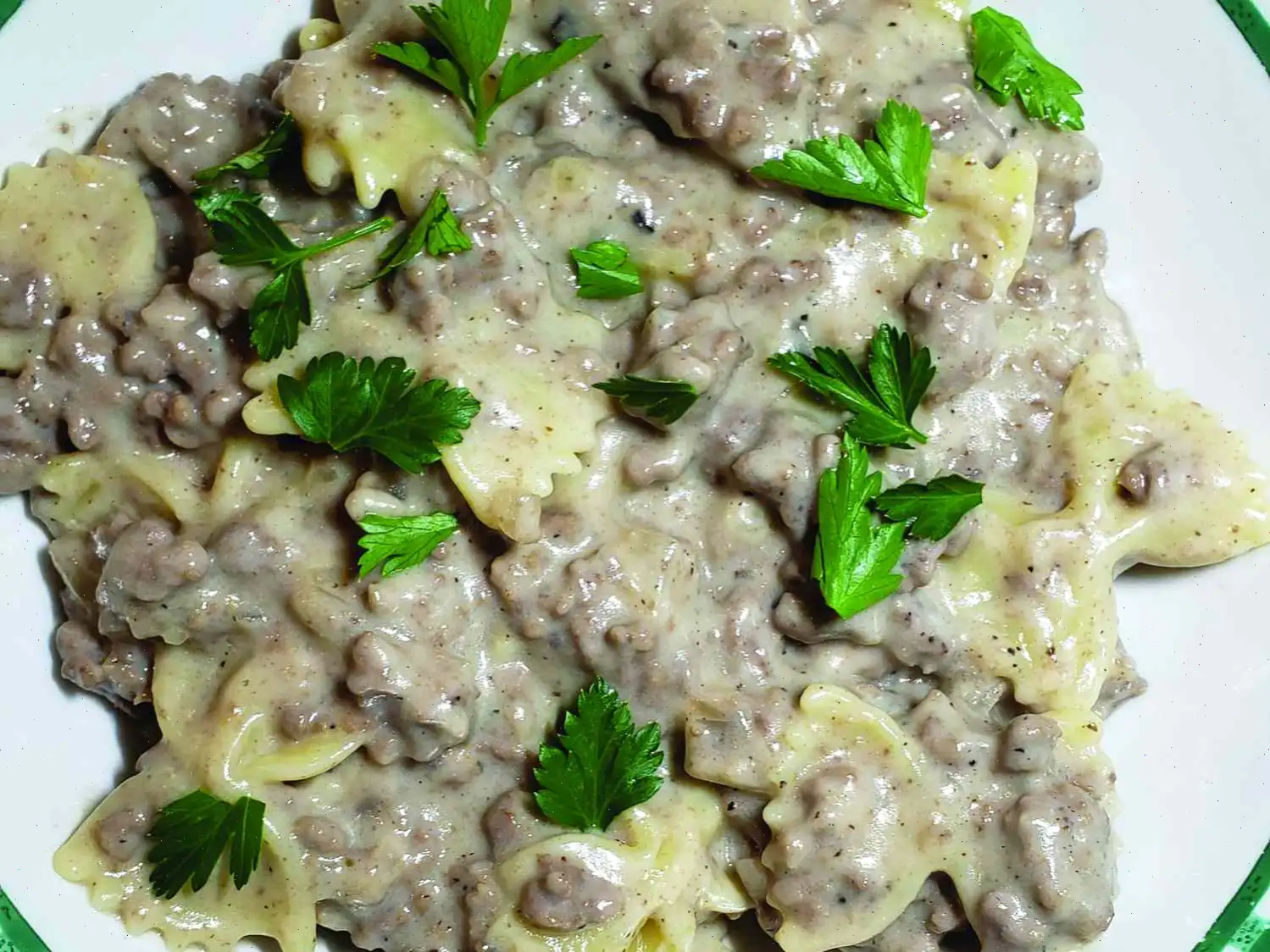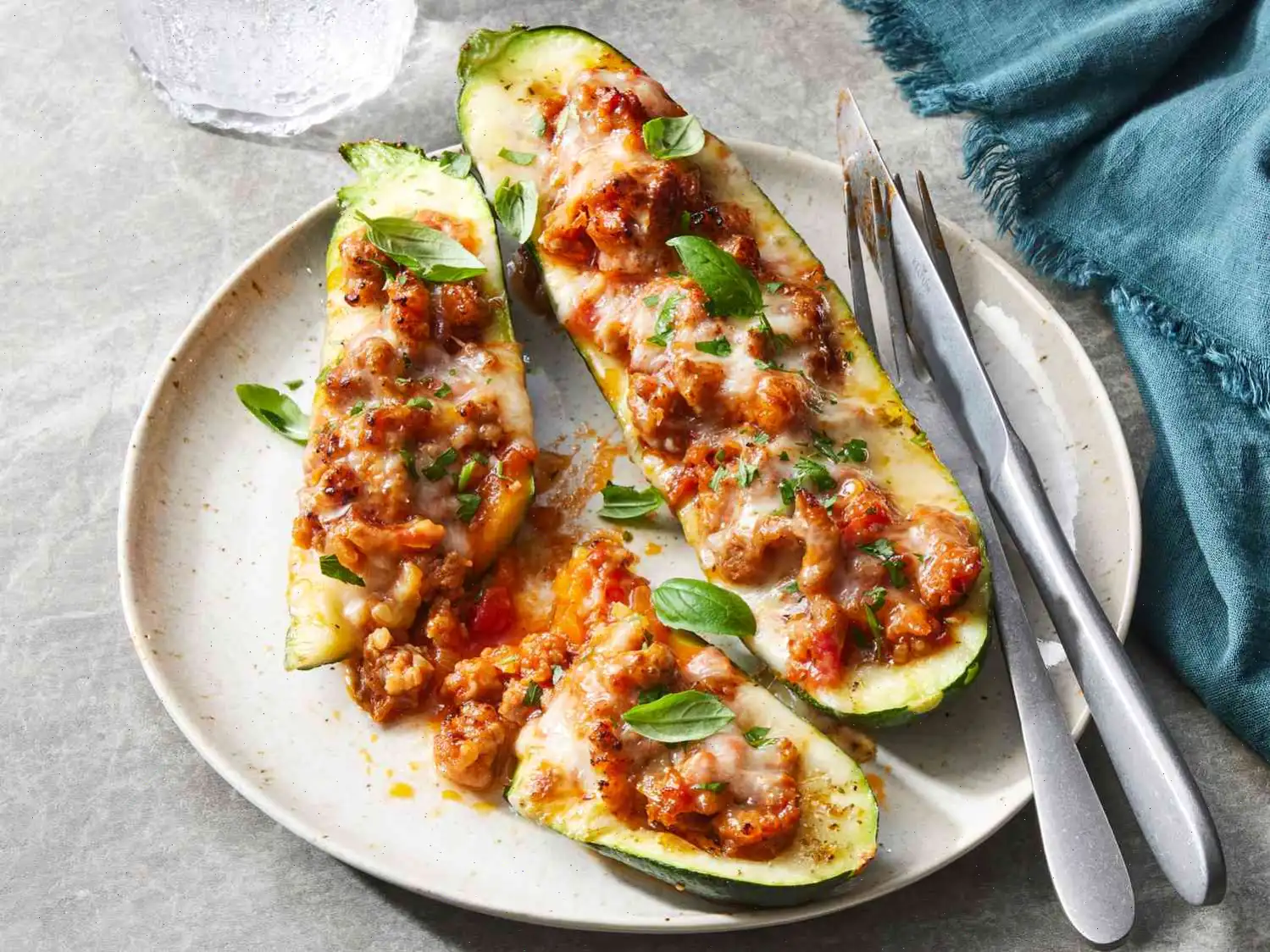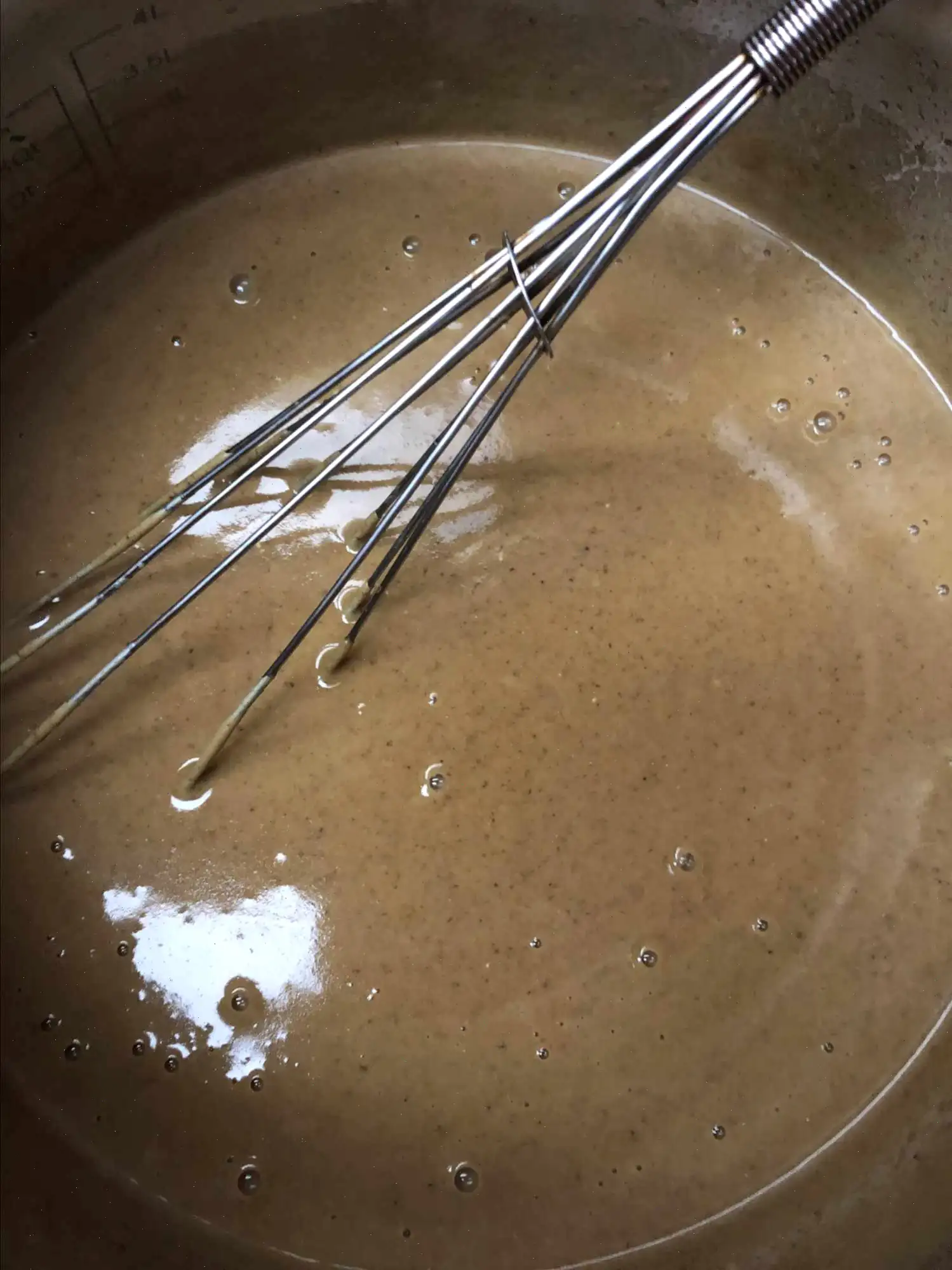
Herby Garlic Skillet Dinner Rolls Recipe
Ingredients
This recipe was designed for 18 servings. Ingredient amounts adjust automatically, but cooking times and steps remain consistent. Not all recipes scale perfectly.
- 1/2 cup unsalted butter, melted, plus extra for greasing skillet
- A generous pinch kosher salt, or to taste
- 2 cloves garlic, finely minced
- 2 tablespoons finely minced flat-leaf parsley
- 1 tablespoon finely minced fresh rosemary
- 18 frozen dinner roll dough balls, thawed but still firm
- 1 tablespoon grated Parmesan cheese
Directions
- Preheat a 10-inch cast iron skillet by brushing it generously with melted butter.
- In a large mixing bowl, combine the remaining melted butter with salt, garlic, parsley, and rosemary to create a fragrant herb butter mixture.
- Gently toss the thawed dough balls in the herb butter until each piece is fully coated. Arrange them carefully in the prepared skillet. Reserve any leftover herb butter.
- Lightly brush a sheet of plastic wrap with melted butter and cover the rolls, buttered side down. Set the skillet in a warm, draft-free spot to let the rolls rise until doubled in size, about 2 to 3 hours.
- Preheat the oven to 375 degrees F (190 degrees C). Remove the plastic wrap and drizzle any remaining herb butter over the rolls. Sprinkle with Parmesan cheese.
- Bake the rolls in the preheated oven until they turn lightly golden, approximately 15 to 20 minutes.
- Once baked, allow the rolls to cool in the skillet for 3 to 5 minutes. Serve warm and enjoy the aromatic, buttery goodness.
Nutrition Facts (per serving)
- Calories: 155
- Total Fat: 10g (13% DV)
- Saturated Fat: 5g (24% DV)
- Cholesterol: 19mg (6% DV)
- Sodium: 189mg (8% DV)
- Total Carbohydrate: 13g (5% DV)
- Dietary Fiber: 1g (3% DV)
- Total Sugars: 2g
- Protein: 3g (6% DV)
- Vitamin C: 1mg (1% DV)
- Calcium: 19mg (1% DV)
- Iron: 1mg (3% DV)
- Potassium: 101mg (2% DV)
*Percent Daily Values are based on a 2,000 calorie diet. Your daily values may vary depending on your calorie needs. Nutrient data may not be available for all ingredients. Consult a healthcare professional for medically restrictive diets.
The History of Herby Garlic Skillet Dinner Rolls
The herby garlic skillet dinner roll is a modern American twist on the classic yeast roll, which dates back centuries in European baking traditions. While simple bread rolls have existed for hundreds of years, the practice of enhancing them with butter, garlic, and fresh herbs became popular in mid-20th century America. Home cooks and restaurants alike began experimenting with flavored rolls to complement hearty dinners, particularly during holiday meals and Sunday family gatherings. The use of a cast-iron skillet adds a rustic touch, echoing traditional methods of baking bread in open hearths.
Regional Characteristics
This recipe is particularly popular in the Southern and Midwestern United States, where comfort food and rich, buttery flavors are highly appreciated. In these regions, dinner rolls often accompany meats like roast chicken, turkey, or ham, and are frequently served alongside mashed potatoes and seasonal vegetables. The skillet method, rather than baking on a flat sheet, ensures a soft interior with a golden, slightly crisp exteriora texture favored in these culinary traditions. Herbs such as rosemary and parsley are commonly used in the American South to elevate simple breads into aromatic, flavorful accompaniments.
Difference from Similar Dishes
Unlike standard dinner rolls, which are typically baked plain, herby garlic skillet rolls are coated in a rich mixture of melted butter, garlic, and herbs before baking. This process creates a deeper flavor and aroma that permeates the bread. Compared to garlic knots or focaccia, these rolls are smaller, individually portioned, and fluffier, with a distinctive pull-apart texture. Topping the rolls with Parmesan cheese adds a savory complexity, distinguishing them from plain or buttered rolls commonly found in most American homes.
Typical Serving Occasions
Herby garlic skillet dinner rolls are often served warm as a side dish during family dinners, holiday feasts, and potlucks. They pair exceptionally well with soups, stews, roasted meats, and festive spreads. In restaurants, these rolls are frequently offered as complimentary starters or bread baskets, enhancing the dining experience with their inviting aroma and soft, buttery texture. Their visually appealing golden crust also makes them a centerpiece for special occasions.
Interesting Facts
- Using a cast-iron skillet not only improves heat distribution but also imparts a subtle, rustic flavor to the rolls that is hard to achieve with modern baking sheets.
- The combination of fresh herbs and garlic was inspired by Mediterranean baking traditions, adapted to American tastes for richer, buttery breads.
- Skillet rolls are versatile; leftover rolls can be transformed into garlic bread, bread pudding, or croutons, minimizing food waste.
- Despite their gourmet flavor, these rolls are surprisingly easy to make using frozen dough, making them accessible for both novice and experienced bakers.
- The Parmesan topping adds a salty, nutty note that caramelizes slightly in the oven, giving the rolls a signature golden finish.
You can listen to this recipe in AI audio format. Simply click the play button below to listen to the content in a format that suits you best. It’s a great way to absorb information on the go!








